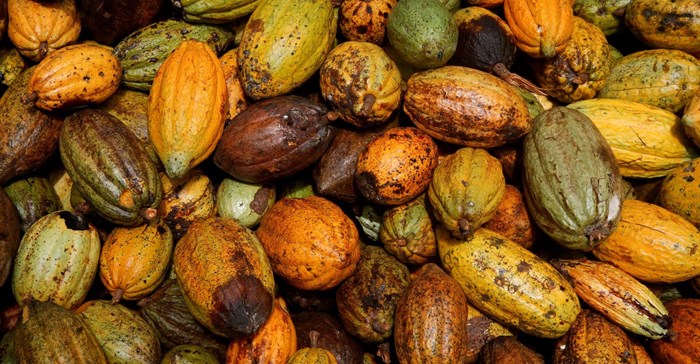Farmers in Ivory Coast’s cocoa-growing regions raised concerns on Monday, 16 December 2024, about insufficient rainfall and high temperatures, which could affect the development of the October-to-March main crop. The country is currently experiencing its dry season, which typically brings scarce rainfall until March.

ILE PHOTO: Cocoa pods are pictured at a farm in Sinfra, Ivory Coast April 29, 2023. REUTERS/Luc Gnago/File Photo
Farmers in almost all regions except the western one of Soubre, where rainfall was well above average, and Abgoville in the south, where rains were slightly below average, said the weather could harm small pods that will be harvested in February and March.
Impact on cocoa quality
Farmers in central regions said the quality of beans would be poor from February. They added that the strength of the dry Harmattan wind, which usually sweeps in from the Sahara desert between December and March, varied last week as it was sometimes strong and the other times mild.
They added the wind, which can dry the soil and harm cocoa pods, making them smaller, did not cause any damage to plantations.
"Rains are scarce and it's very hot. We're worried about what's to come," said Arthur Brou, who farms near the west-central region of Daloa, where 0.2 millimetres of rain fell last week, 4 mm below the five-year average.
Similar comments were reported in the central region of Bongouanou, where rainfall was poor, and in the central region of Yamoussoukro, where no rain fell last week.
Hope for abundant harvest
Farmers in Soubre and Agboville said harvesting would be abundant in January.
"Many beans will leave the bush in January," said Salame Kone, who farms near Soubre, where 16.4 mm of rain fell last week, 6.8 mm above the five-year average.
In the southern region of Divo and the eastern region of Abengourou farmers said from late December their focus will be switching from the main crop to the mid-crop.
Average temperatures across the West African country last week ranged from 27.9 to 28.9 degrees Celsius.
















































